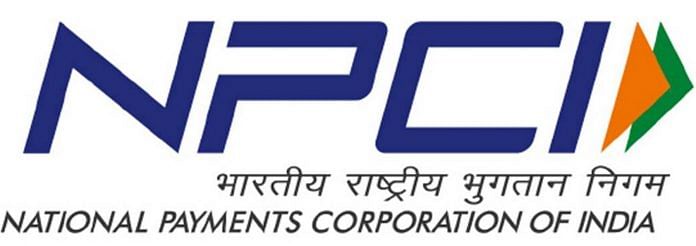NPCI is both the operator and infrastructure provider of IMPS and UPI, and does not have the structure to generate the right incentives.
The budget this year announced the “Digi Dhan Mission” with the goal of achieving 25 billion digital transactions by the end of this fiscal. The National Payments Corporation of India — as the owner and operator of Immediate Payment Service (IMPS) and Universal Payments Interface (UPI), an interoperable service built on top of IMPS — is a vital cog in the wheel if the targets are to be achieved.
However, data appears to suggest it may be difficult to do that in this fiscal. Pushing digital payments through merchant and consumer incentives like rebates and limited transaction charges may aid in that endeavour to an extent, but what is needed as a necessary catalyst is structural reforms in the NPCI.
But the NPCI does not appear to have the structure to generate the right incentives. At the outset, it is owned by several public sector banks. It may be a little trite to say that banks may not have an incentive for promoting competition in the payments and money transmission sector because the latter reduces the stability of deposits they may otherwise lend out.
Moreover, NPCI is both the operator and infrastructure provider of IMPS and UPI respectively. At a fundamental level, this not-for-profit character and the unity of operational control and underlying infrastructure is at odds with the objective of building innovative payments systems.
This is because a payments system is a multi-sided platform business. A platform is a business based on enabling value-creating interactions between two or more complimentary groups of consumers — the payer and the payee.
The platform faces a “chicken-and-egg” risk in that transactions may only happen when both sets of users simultaneously engage with the platform, but the use of the platform by one group will depend on its use by the other group. For instance, when customers will buy more from Amazon, the greater the number of merchants selling their products on it and vice-versa.
Ordinarily, profit-making platform owners/operators invest substantial resources in seeding strategies to overcome this chicken-and-egg dilemma. But a not-for-profit structure like the NPCI inhibits the incentive to make such specific investments as the benefits of a denser ecosystem will be shared by the entire network but the costs are concentrated if individual banks undertake these investments (as NPCI is nothing but a group of banks coming together).
One solution is mandating the NPCI to unbundle the current operator-infrastructure provider union and bid out rights for providing infrastructure for its several products to private, for-profit companies. The provider could take a fee linked to the volume of transactions completed. An independent, for-profit infrastructure provider would have the incentives to invest in product-specific seeding strategies and make it viable.
The one caveat here is to ensure that the ownership pattern of the infrastructure provider is at an arms’ length from the ownership of the operator (i.e. NPCI). Through 2003, the Bankers’ Automated Clearing Services (Bacs) in the UK was both the operator and the infrastructure provider of the payment system. It was decoupled pursuant to the Cruikshank Committee Report but the anti-trust regulator in UK (Office of Fair Trading) found that such separation can catalyse competition only when the shareholders of operators and those of the infrastructure provider are distinct.
The Watal Committee has recommended broad-basing the membership and appointing public interest directors on the board of NPCI. However, platform economics teaches us that it may not be sufficient to create affirmative incentives for inducing innovation. The innovative payments sector is a catalyst for achieving broader social objectives like financial inclusion. It is time we initiate deep structural reforms that induce accountability in its institutions. The stakes are too high to miss out.
Mandar Kagade and Janak Priyani are Consultant and Research Associate respectively with Indira Gandhi Institute of Development Research. These views are their own.



